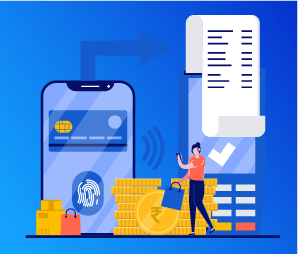Payment switches are the unsung heroes of the modern payment ecosystem, working behind the scenes to ensure seamless transactions and secure financial data. As a business, understanding the ins and outs of payment switches is crucial for optimizing your payment processing operations. In this comprehensive guide, we’ll shed light on what payment switches are and why they matter for your business.
What is a Payment Switch?
A payment switch is a sophisticated software component that acts as an intermediary between various payment channels, including point-of-sale systems, e-commerce websites, mobile apps, and financial institutions. Its primary role is to route payment requests, authorize transactions, and ensure the secure flow of payment data. Think of it as the conductor of a symphony, harmonizing the diverse elements of payment processing.
Why Payment Switches Matter
Efficiency and security are at the core of payment switch importance. By using a payment switch, businesses can:
- Streamline Transactions: Payment switches facilitate the quick and efficient routing of payment requests, reducing latency and ensuring a smooth customer experience.
- Enhance Security: They play a pivotal role in securing sensitive payment data, protecting against fraud, and ensuring compliance with industry standards like PCI DSS.
- Adapt to Diverse Payment Methods: Payment switches support various payment methods, from credit cards and digital wallets to cryptocurrency, allowing businesses to cater to a wide range of customer preferences.
- Improve Reliability: Payment switches offer redundancy and failover capabilities, ensuring that transactions continue to flow even in the event of network or system issues.
Incorporating a payment switch into your payment processing infrastructure can be a game-changer for your business. It’s the key to optimizing the customer experience, enhancing security, and keeping pace with the evolving payment landscape.
Conclusion
Mastering payment switches is a vital step in ensuring the efficiency and security of your business’s payment processing. By understanding their role and leveraging their capabilities, you can stay ahead in a competitive marketplace and provide your customers with a seamless, secure payment experience.
